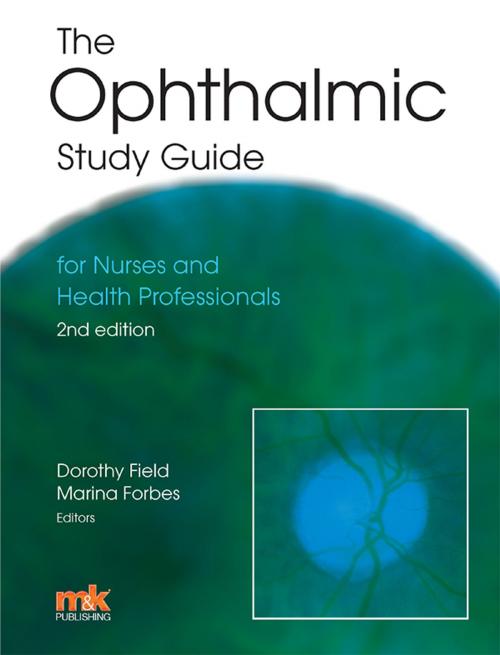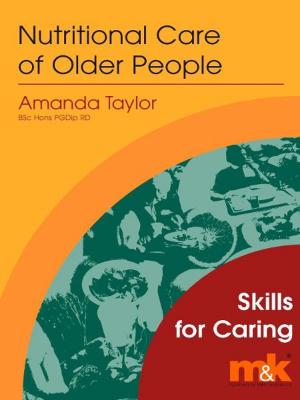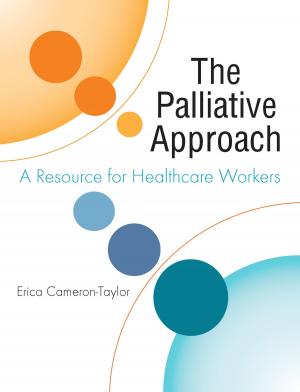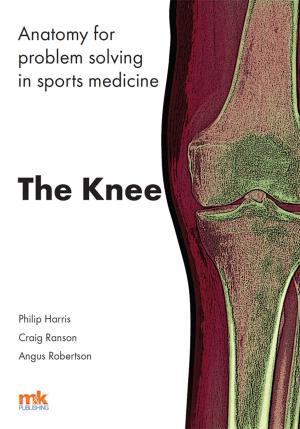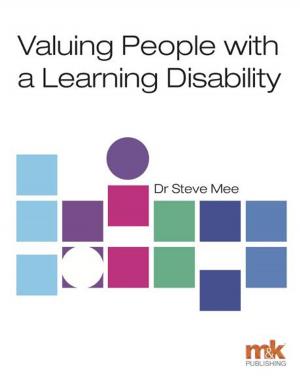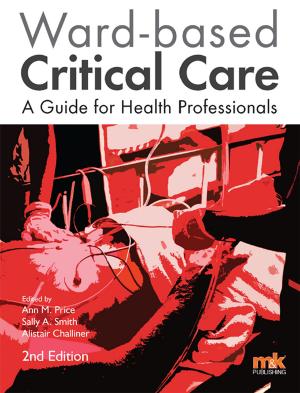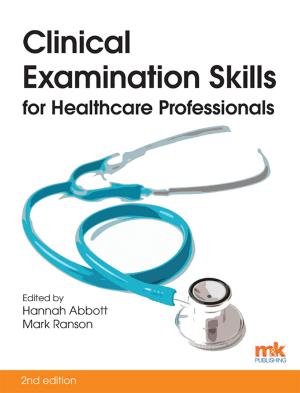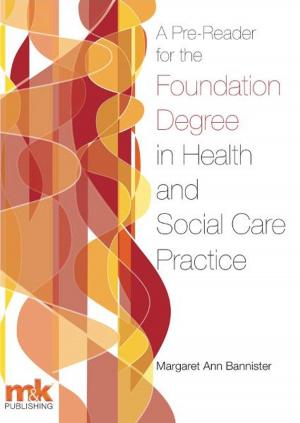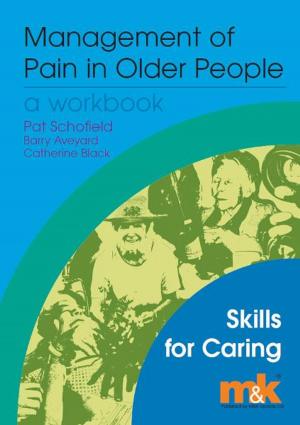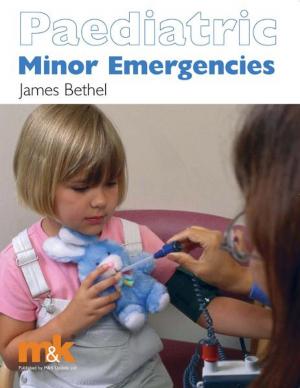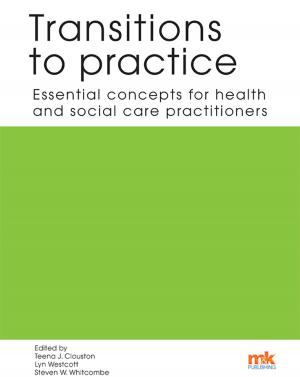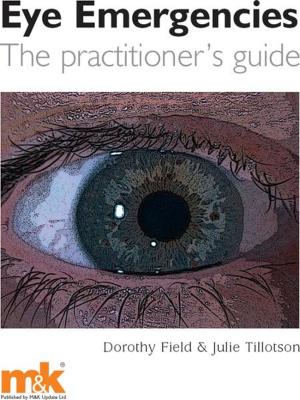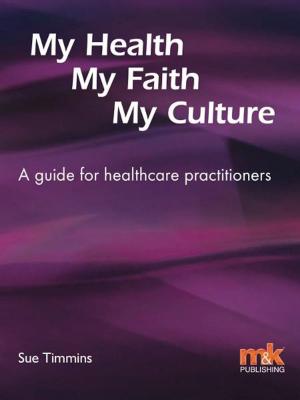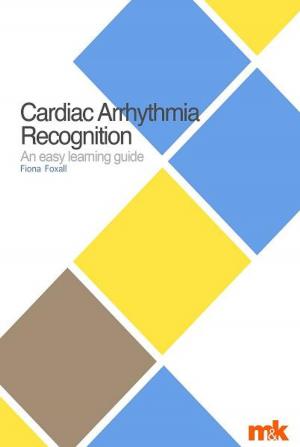The Ophthalmic Study Guide
Nonfiction, Health & Well Being, Medical, Specialties, Ophthalmology, Biography & Memoir| Author: | Dorothy Field | ISBN: | 9781907830648 |
| Publisher: | M&K Update Ltd | Publication: | May 23, 2016 |
| Imprint: | M&K Publishing | Language: | English |
| Author: | Dorothy Field |
| ISBN: | 9781907830648 |
| Publisher: | M&K Update Ltd |
| Publication: | May 23, 2016 |
| Imprint: | M&K Publishing |
| Language: | English |
This classic introduction to ophthalmology has been thoroughly revised and updated to reflect the changes in practice that have taken place since it was first published in 2009.In recent years, an increasing variety of health professionals have been involved with the care of ophthalmic patients. The aim has been to provide an efficient, high-quality and cost-effective service to patients, which utilises the skills of the multidisciplinary ophthalmic team.This study guide offers both a basic introduction and a ‘skills escalator’ for nurses and other health professionals. Those who make use of its content and use the ‘To do’ panels for reflection and research will develop their knowledge and skills more quickly, and acquire good habits of self-assessment and self-directed learning. The simple questions at the end of each chapter can be used for self-testing, or as a basis for questions that mentors can ask their students.The content is deliberately restricted to ‘the basics’ in terms of the areas chosen, though they are all covered in reasonable depth. Students are encouraged to use the skills checklists at the end of the book to document their personal progress and validate their developing practice. These will provide useful evidence for annual performance appraisals.
This classic introduction to ophthalmology has been thoroughly revised and updated to reflect the changes in practice that have taken place since it was first published in 2009.In recent years, an increasing variety of health professionals have been involved with the care of ophthalmic patients. The aim has been to provide an efficient, high-quality and cost-effective service to patients, which utilises the skills of the multidisciplinary ophthalmic team.This study guide offers both a basic introduction and a ‘skills escalator’ for nurses and other health professionals. Those who make use of its content and use the ‘To do’ panels for reflection and research will develop their knowledge and skills more quickly, and acquire good habits of self-assessment and self-directed learning. The simple questions at the end of each chapter can be used for self-testing, or as a basis for questions that mentors can ask their students.The content is deliberately restricted to ‘the basics’ in terms of the areas chosen, though they are all covered in reasonable depth. Students are encouraged to use the skills checklists at the end of the book to document their personal progress and validate their developing practice. These will provide useful evidence for annual performance appraisals.
